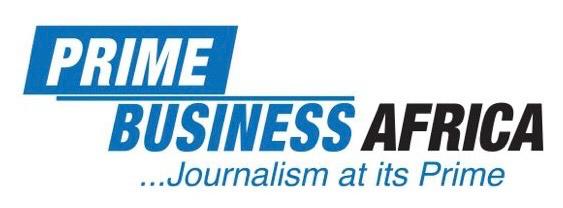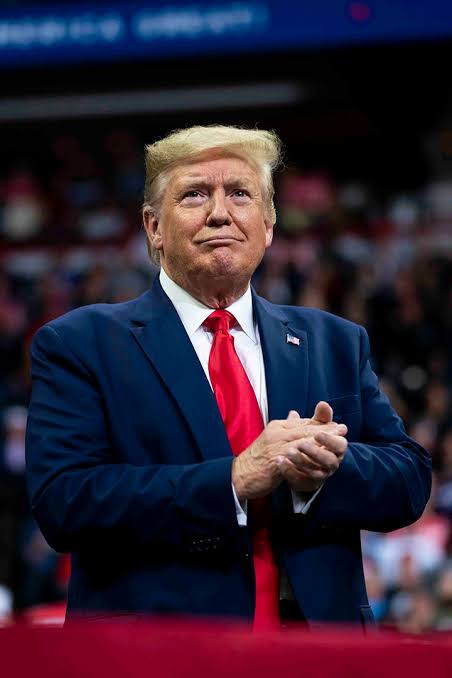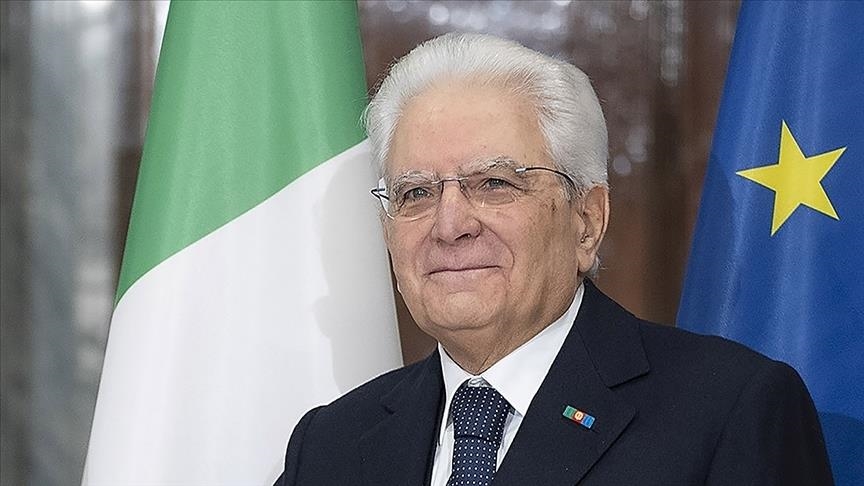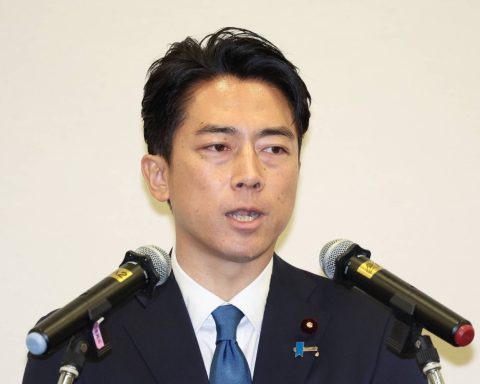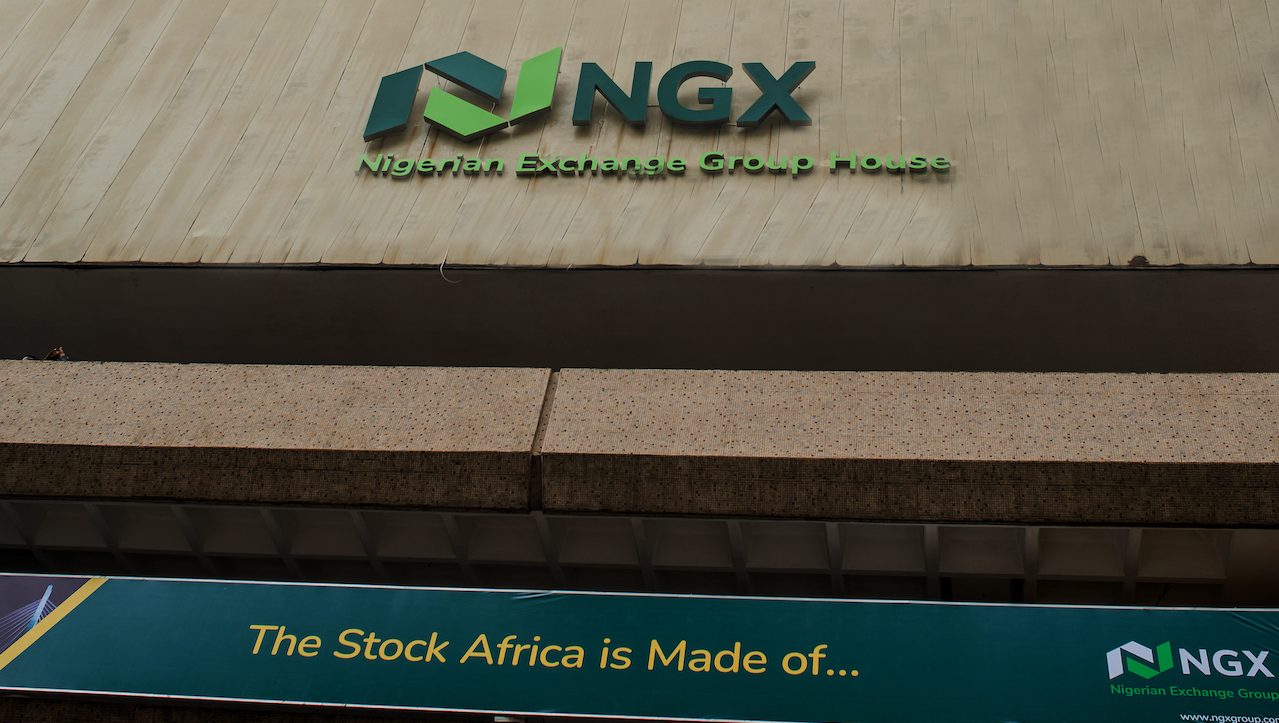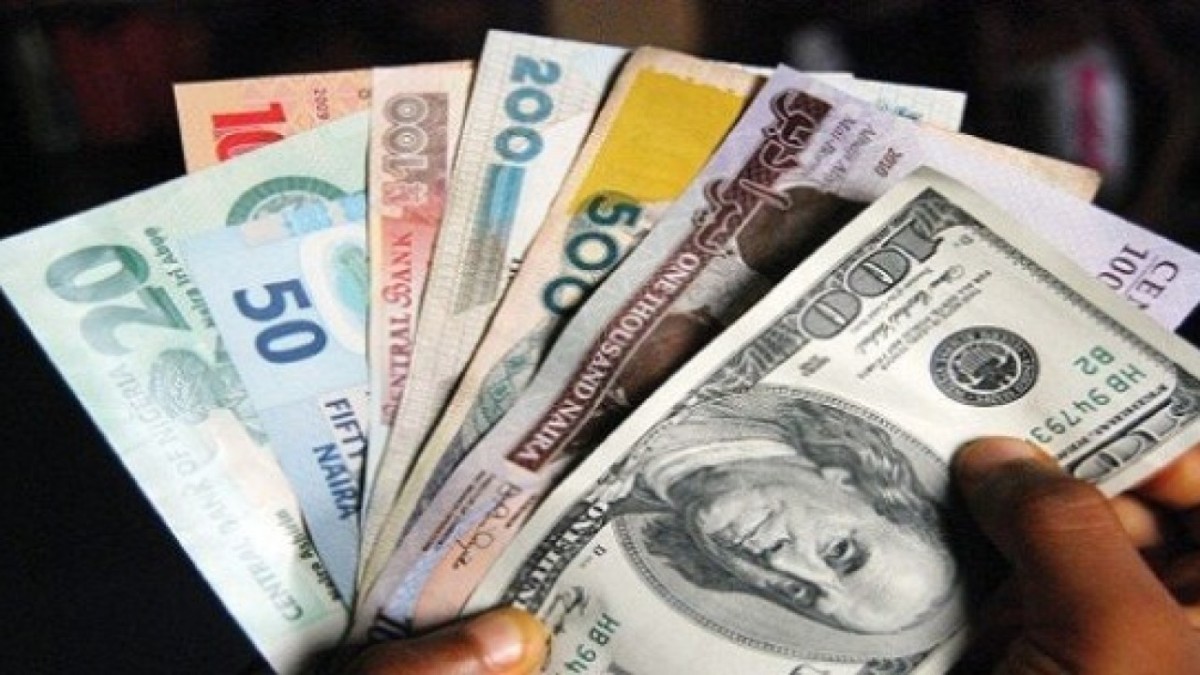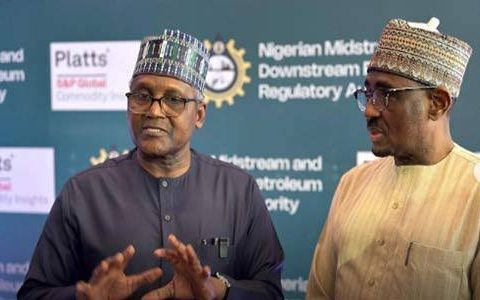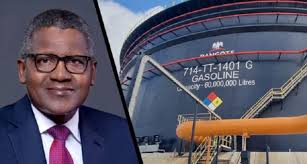The US Federal Reserve has likely made its last rate cut of 2025, and inflation can be expected to remain elevated while jobs data continues to deteriorate — conditions that point to the early stages of stagflation.
These are the bold predictions of Nigel Green, CEO of deVere Group, an independent financial advisory organization, as the Federal Open Market Committee voted Wednesday 10–2 to reduce its benchmark rate by 25 basis points to a range of 3.75% to 4.00%, while confirming that quantitative tightening will end on December 1.
Join our WhatsApp Channel
The decision came amid a sharp split inside the Fed: Governor Stephen Miran, an appointee of President Donald Trump, argued for a deeper 50-basis-point cut, while Kansas City Fed President Jeffrey Schmid opposed any cut at all.
This marks a sharp contrast with the earlier part of the year, when policymakers had moved largely in step. The earlier consensus has now fractured.
READ ALSO: Will Wednesday’s Fed Rate Cut Be Last One Until Summer 2026?
Nigel Green says the outcome and tone signal a shift from coordinated action to uncertainty at the heart of US monetary policy.
“The Fed is now divided on direction,” he says. “Some members still see inflation as the bigger threat; others worry about employment. This disagreement means policy will move in smaller, slower steps, if at all.
“I believe that investors expecting another reduction this year should rethink those assumptions.”
He adds that the combination of falling job creation and persistent inflation leaves the US economy exposed to a period of stagnant growth with rising prices.
“The labor market is softening while inflation refuses to retreat as much as had been hoped,” he says.
“This is the textbook definition of stagflation risk. It’s not a crisis yet, but the warning signs are flashing. Prices are sticky, wages are slowing, and confidence is thinning.
“The Fed can’t fix that quickly without reigniting the very inflation it’s trying to contain.”
Powell acknowledged that the government shutdown has frozen the release of key indicators such as payrolls, retail sales, and inflation updates. The lack of data has forced the Fed to rely on partial indicators and market measures instead of comprehensive reports.
“When policymakers lose sight of the data, they lose confidence in their next step,” says Nigel Green.
“This is exactly where the Fed is now. It’s working blind on jobs and inflation, so it’s safer to stop cutting than to risk over-easing.”
He says ending quantitative tightening reveals that the Fed’s immediate priority is financial stability rather than stimulus.
“Halting QT is a liquidity decision, not a growth decision,” he says. “Funding markets were tightening, reserves were falling, and pressure was building beneath the surface.
“The Fed had no choice but to stop the drain. It’s an effort to steady the system, not to accelerate the economy.”
Nigel Green believes this shift marks the start of a more volatile policy environment.
“The Fed is split, inflation is sticky, and jobs are rolling over. Investors will have to position for a world where data is incomplete and policy signals contradict each other.”
He also expects the implications of the Fed’s decisions to extend well beyond the United States.
“The Fed’s balance sheet defines dollar liquidity worldwide,” he says. “When it stops shrinking that balance sheet, capital flows adjust everywhere. Other central banks will follow the tone, not necessarily the action, as they weigh their own inflation risks.”
Nigel Green concludes that investors should expect the rest of the year to be defined not by optimism about rate cuts, but by recognition of how constrained the Fed has become.
“We expect that there’ll be no more cuts this year, inflation will stay elevated, and jobs will weaken further,” he says.
“The Fed has lost the comfort of consensus and is facing two problems at once: higher prices and slowing employment.
“This is how stagflation begins, and investors need to plan for that reality now.”
